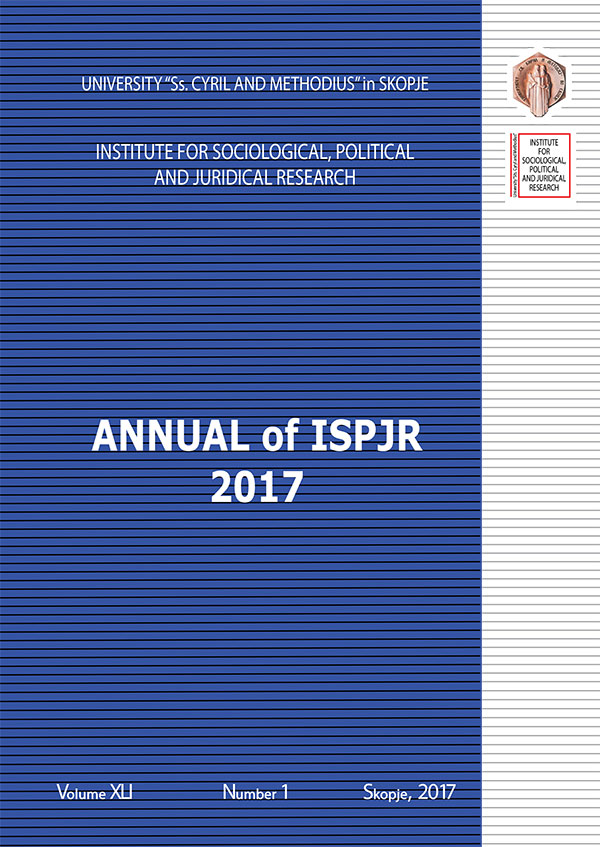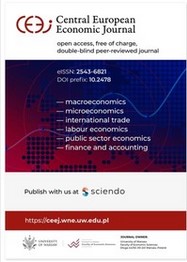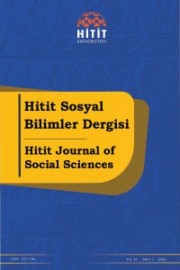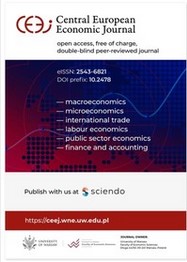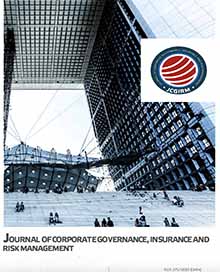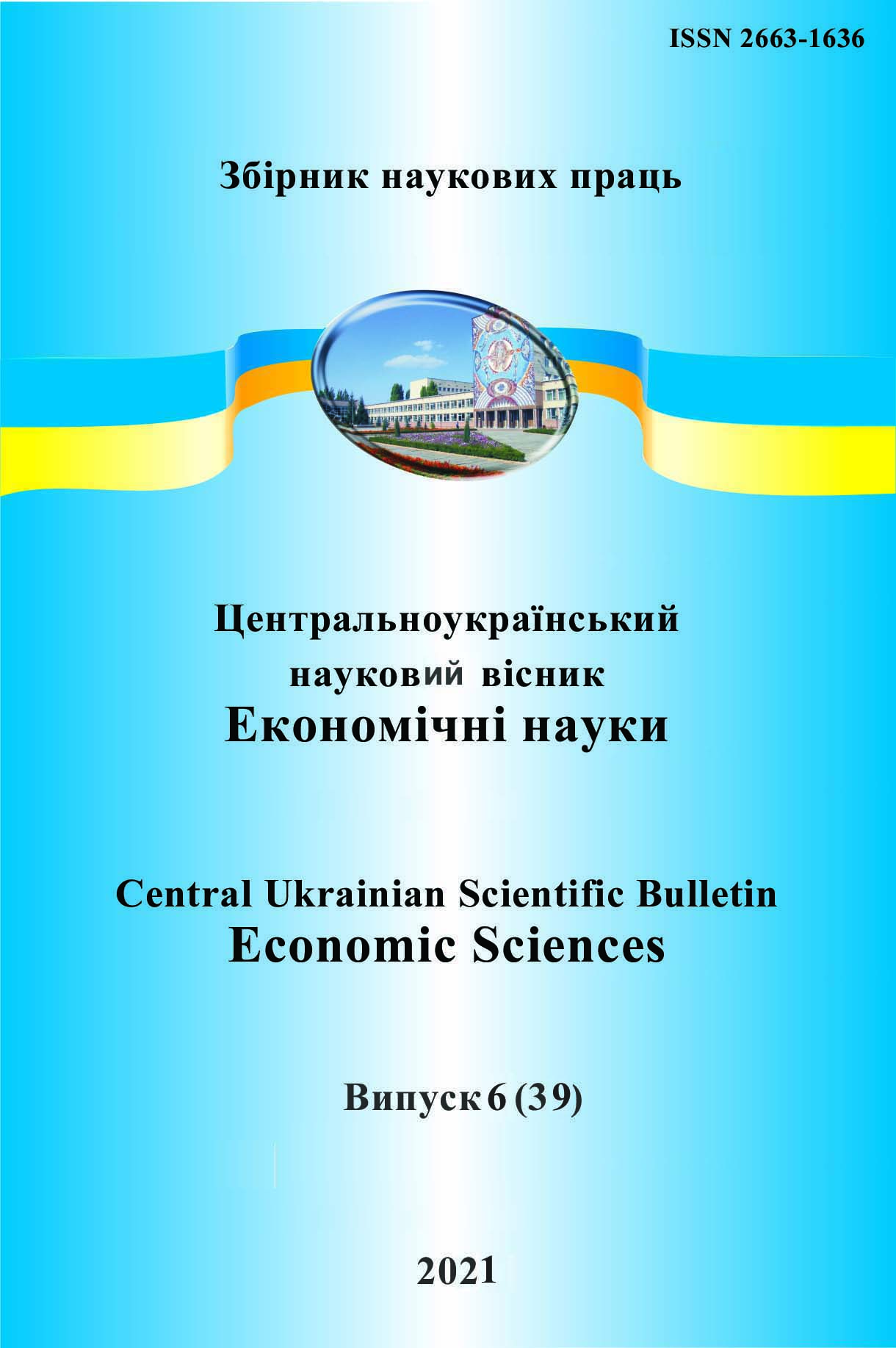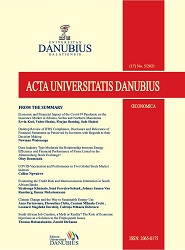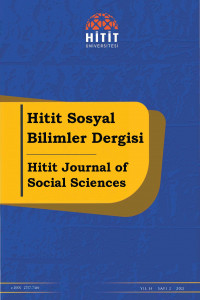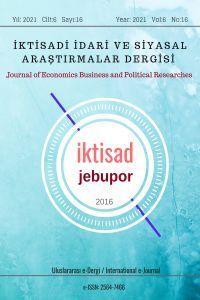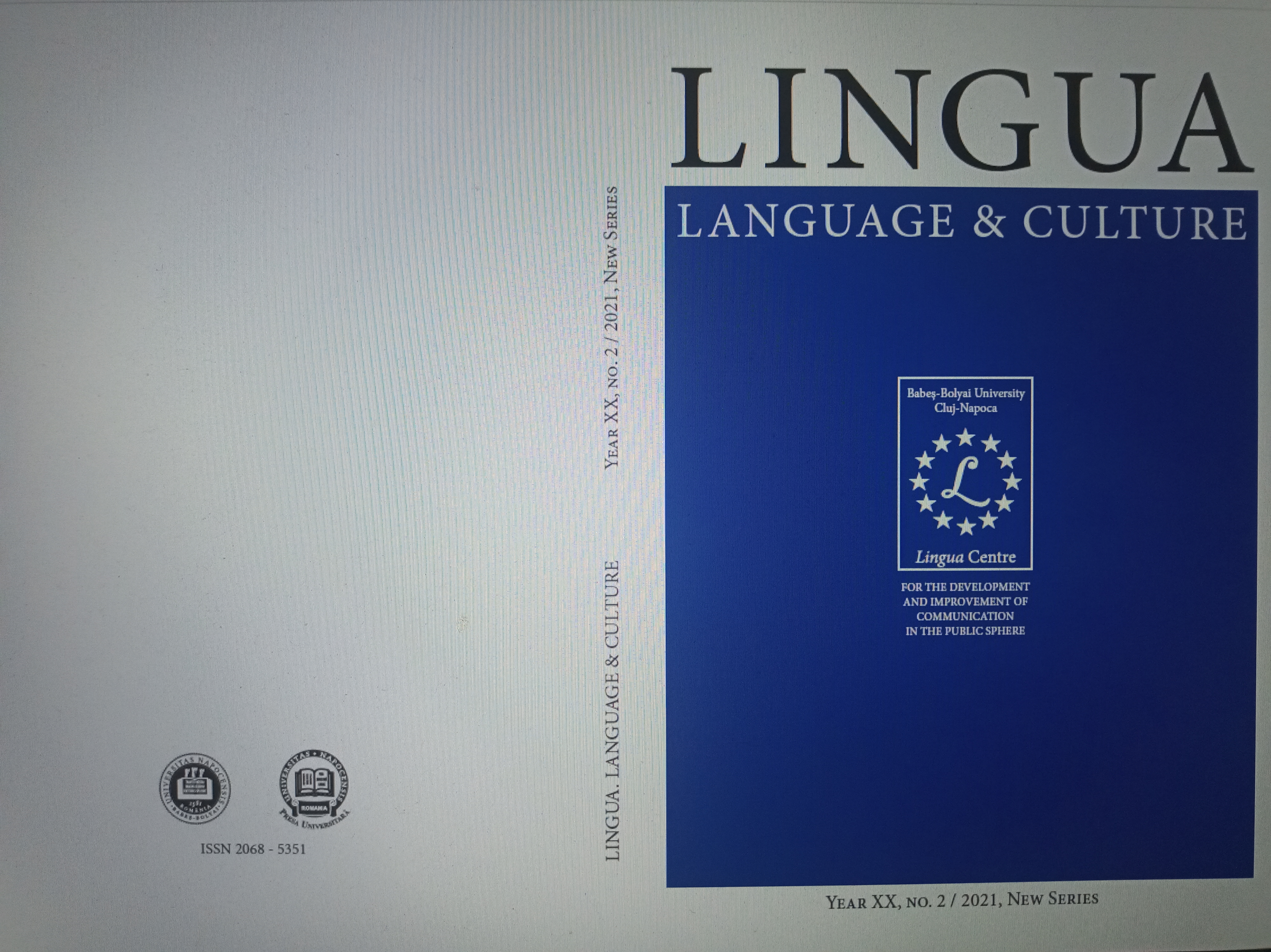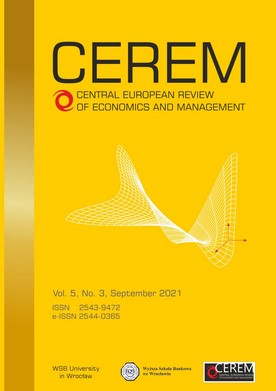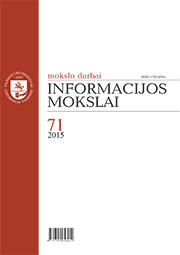
Manipuliacinės kūrybinės apskaitos anatomija ir jos informacijos naudojimas
In conditions of the global and competitive market, creative accounting when from accounting methods permitted in legislation not those that reveal the real situation of a company but those that show better or worse performance results for certain user groups are being selected.It is wrong to use the term of creative accounting in the context of data manipulation in order to show a better or a worse performance of a company, even with respect to applicable legislation. With the consideration of the capacity of the term ‘creative accounting’, it is important to distinguish two types of creative accounting: positive and manipulative. The aim of the positive creative accounting is to show an equitable and correct view on a company’s financial condition and performance and facilitate the work of accountants to provide a reliable and unvaried information to all of the its users. The aim of manipulative creative accounting is to provide a distorted information about the company's financial condition and performance for certain user groups by using a variety of justifying measures.There are different fields of the application of creative accounting. Of them, most widespread are tangible fixed assets, intangible assets, current assets, equity capital, liability cash flow, income, expense, profit, and tax accounting. It is difficult to reveal inconsistencies with reality for data generated by accounting, because they are carefully concealed. The benefit from using the manipulative creative accounting is usually only temporary, therefore it is important to evaluate in advance the impact of the application of manipulative creative accounting on the future performance which may worsen and also have a negative impact on the company's image.
More...

